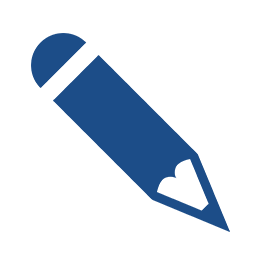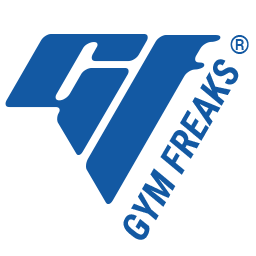The Foam Roller
With the same reputation as marmite, the foam roller is a handy piece of kit which can be used in multiple places on the body. Famed with having a same benefits as a sports massage, regularly rolling can help with post workout recovery and preparing your muscles before a workout. So what exactly does rolling do? These handy objects perform a self-myofascial release. Rolling the soft tissue helps to release sore muscles and tight joints by applying pressure to eliminate adhesions in the Fascia and release tension built up by exercise.
Foam rollers have been famed with providing users with better circulation, a reduction in stress, improved motion and flexibility in joints, reducing stiffness and soreness after exercise and most importantly preventing injuries with are caused by tightness or overuse.
Where are the best places for using a foam roller?
Foam rollers are brilliant for use with:
- Quads
- IT Band
- Hamstrings
- Glutes
- Upper Back
The Massage Ball
Proving size is no object, the small but mighty massage ball is a great tool for performing self-myofascial release just like the foam roller. However these clever little pieces of kit are much better at treating small isolated problems on the body and hitting specific trigger points. They can be used to treat small areas that a foam roller would not be able to get into such as the arms, psoas and shoulder blades. A much smaller surface area than the roller, these ball’s allow you to have your very own deep tissue massage, imitating the pressure you would expect from a sports therapists elbow or shoulder.
There are many different types of massage ball available, sizes can vary, dependent on the area of the body you would like to use them on, as can the hardness. The exterior typically is either smooth or spiked. Smooth balls are good for sensitive areas like the arms, and areas where you want to roll it around covering more territory faster. It is also ideal for those who bruise easily. The spiked variety can really get into the muscle, great for backs, feet and quads. A massage ball should be hard, as it needs to take the weight of the body in order to be effective.
The massage stick
A smaller and more portable version of the foam roller, the massage stick is made up of a bar with individual rollers that rotate independently. Providing great relief from muscular aches and pains the massage stick is mostly for use on the arms and legs. Using your own strength, the massage stick is applied to the body and pushed down by the user and rolled along the muscle in question. Brilliant for the hamstrings and quads this tool is very popular among runners.
Providing the same results as the foam roller, it’s great for both pre and post workout, and is ideal for those who find it difficult to get onto the floor to use a foam roller.
Resistance bands:
Brilliant for exercise and stretching, the humble resistance band can be used anywhere thanks to its compact form and variety of uses. So why should we use it after exercise? Stretching is very important after exercise as it helps to release the lactic acid built up in your muscles during exercise. Stretching can be achieved successfully without a resistance band, but they are great for those wanting to go the extra mile. They can also help with stability and form, allowing the stretch to last longer and get greater results.
As with adding anything new to your exercise regime, we advise that you research before trying out any of these methods, as not everything is suitable for everyone. Rolling can lead to injury if done incorrectly, so head to YouTube for tutorials on specific body areas to ensure that you are doing it the best way you can.





This won't take a moment...
Your comments have been submitted and will appear shortly.